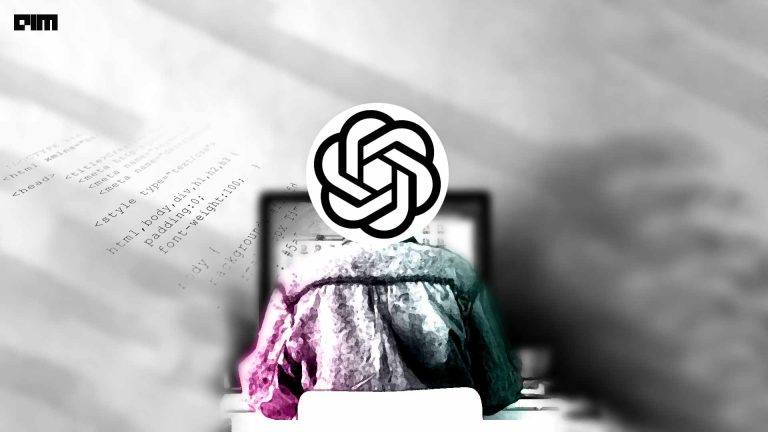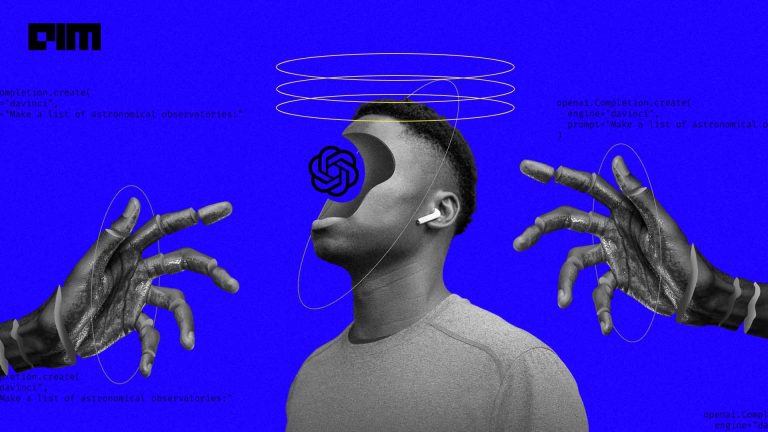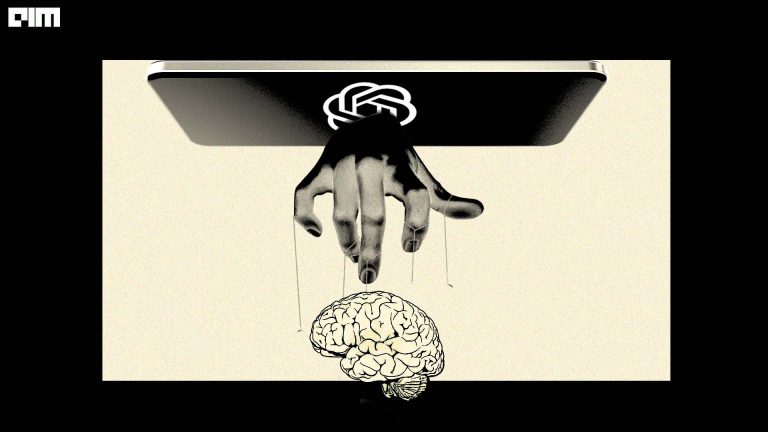Data storage options database and blockchain are architecturally different and come with their own sets of advantages, vulnerabilities, and challenges.
On the one hand, database storage is based on client-server-based architecture and can function in small and large scale environments. Under database storage, the client acts as a receiver, and servers– the data storage place– acts as a Central Processing Unit. Firewalls and anti-malware software secure every kind of communication and data exchange between clients and servers.
On the other hand, blockchain storage is in complete contrast to the server-based model of a database. It is decentralised storage based on a peer-to-peer network of a distributed ledger. Data is stored in public or private blockchain in blocks that are secured by cryptographic hash.
Control in database
Every aspect of the database is controlled by an administrator and is highly centralised. It is also designed like a hybrid blockchain but is not nearly identical to a public blockchain.
Blockchain is a digital ledger that stores information permanently in data structures called blocks. It keeps track of data in uniform-sized blocks, and each block stores the hashed information from the previous block. These blocks are secured by cryptographic security. Blockchain uses hashing algorithms to secure transactions. The most common hashing algorithm– SHA256, is used by US’s National Security Agency (NSA)-developed Bitcoin. The hashed information is data and digital signature from the previous block. The hashes of the previous block can be traced back to the first block in the blockchain, known as the genesis block.
Control in the blockchain
Blockchain has no controlling infrastructure and is completely decentralised. A single person or group can never control it. It is not emergent from protocols but instead encoded in the form of protocols. This shields the data from political pressure and regulations. Any person operating on the blockchain has to use it as the rules specify, without making any modifications to the blockchain framework.
Blockchain gives mileage to someone who doesn’t trust his competitor/counterpart. In the blockchain, every process is standardised, so trust in the network is the only factor in transaction and data storage. The ecosystem of blockchain is composed of unbreakable rules and laws which don’t require regulation.
Data safety
People want to store data in a secure place, away from the vulnerabilities of attacks. We evaluate where data is safer:
Database: Database security refers to the practices, tools, protocols that a server employs to protect data. The more usable and accessible a server is, the more vulnerable it becomes. In most data breaches, it is the confidentiality of data that is shattered. And data breaches are grave- they can cause damage to intellectual property and make clients lose trust in an organisation.
Databases are threatened from many angles– by human error like password sharing, weak passwords, or uninformed user behaviours. The most severe threat to data security is malware. Malware can enter databases through infiltrators via phishing and therefore gain access to a credible database. It can cause severe damage to the database.
The worst kind of database attack is the ones on data backups. Data backups are threatened by malware, but they become more vulnerable to these attacks when data volume becomes large enough to be scalable. Complex operational environments also make security and adhering to regulations (of particular countries and regulatory bodies) difficult.
Blockchain: As the name suggests, data is stored in blocks in a blockchain, and all blocks are connected. Therefore, it is impossible to tamper with any block without leaving a mark. All blocks are secured cryptographically. Any user willing to access a block needs to use the key assigned to them to access it, leaving behind a digital signature. Any alteration to the block will make the signature invalid, and the blockchain will immediately know of the hack. As blockchains are decentralised, it is impossible to make a change from a single computer. Any change would require massive computational power to access and change these alterations simultaneously. Any modification, data storage, or transaction is completed when miners solve complex mathematical problems to validate it.
However, this doesn’t mean that blockchains have never been hacked. Today blockchain is involved in money transfer and data storage. Naturally, it has been under attack by hackers. According to a report published in MIT Technology Review, there are ways to subvert the blockchain with as low as half the mining power of regular miners. Nodes on a blockchain can be fooled into already solved crypto puzzles, or they can be tricked into accepting false data that would seem like coming from the rest of the network and lure the blockchain into accepting a fraudulent transaction. It is safe to say that blockchain does not exist in an isolated universe.
Attack on blockchain
Public and private blockchains run the risk of 51 percent attack. This attack is orchestrated by a group of miners who control more than 50 percent of the hashing rate of the blockchain. When a hacker controls the majority of computational, he can interfere with the process of recording new blocks. They can monopolise new blocks and change all the records. Though possible, the attack has a low probability of success.
Blockchain and databases are both susceptible to data theft and have vulnerabilities. The kind of data and preferences depend on the choice of medium for data storage. Blockchain is the next generation of technology, and though susceptible to attacks, it is far safer than any database as it has no vulnerable backdoor.


















































































